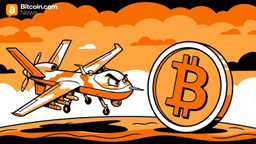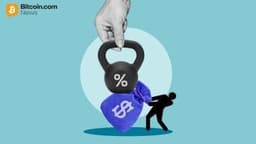Ripple (XRP)
Loading...
Loading...

Ripple (XRP) is a digital payment protocol designed for fast, low-cost international transactions, primarily used by financial institutions for cross-border payments. Created by Ripple Labs, XRP operates on the Ripple network, utilizing a unique consensus protocol rather than Proof of Work (PoW) or Proof of Stake (PoS). This allows transactions to be confirmed within seconds, making Ripple one of the most efficient networks for moving value globally. XRP serves as a bridge currency in transactions involving different fiat currencies, ensuring liquidity and quick conversions. As a leading cryptocurrency, Ripple is widely available on major exchanges, offering live XRP prices, historical data, and market insights on our Ripple Markets page. With its real-world utility, Ripple is increasingly recognized for transforming global payments.
Ripple (XRP) is a digital asset developed for efficient cross-border payments, primarily used by financial institutions. It operates on the Ripple network, which aims to facilitate quick, low-cost international transfers.
Ripple uses a unique consensus protocol that doesn’t rely on mining, allowing it to confirm transactions in seconds with minimal energy usage. This makes it faster and more efficient than many other digital assets.
XRP acts as a bridge currency, facilitating transactions between different fiat currencies in cross-border transfers. It ensures liquidity and allows for quick conversion of currencies across the Ripple network.

Kick off 2026 with the latest crypto exchange rankings. Compare the best platforms by fees, security, and innovation as the new year begins.

Iran crypto payments are now accepted for weaponry, marking a historic first for military transactions in digital currencies.

Crypto ETFs closed the final trading day of 2025 with continued pressure on bitcoin and ether products, while XRP and solana gained.

Digital assets are poised to mature into core financial infrastructure in 2026 as regulation, institutional capital, and real-world use converge, accelerating adoption beyond speculation and reshaping global markets, according to insights from Binance’s APAC leadership.

Galaxy’s 2026 outlook frames bitcoin’s evolution beyond price cycles, arguing the asset is increasingly tracking gold’s adoption curve as institutional access expands and long-term monetary hedge demand strengthens toward a $250,000 trajectory.

Low transaction costs are one of the core benefits of the Ripple network. On average, for transacting Ripple (XRP), the transaction cost is around 0.00001 XRP.
One can buy Ripple (XRP) directly on Bitcoin.com. Users can also trade XRP on exchanges like Binance, OKX, and Kraken with the help of our Ripple (XRP) Markets page, where you can access real-time XRP prices, a XRP candlestick chart, and expert analysis to make informed trading decisions.
Ripple (XRP) can be securely stored in hardware wallets like Ledger, as well as in software wallets such as Exodus and Trust Wallet, offering safe and accessible storage options.
XRP staking is not possible natively. Some centralized exchanges, such as Bitrue, offer XRP staking as an incentive to store XRP on their platform. Instead of staking, a common way for holders to earn APY on their XRP coins is decentralized lending on platforms such as Nexo.
While many participants in the Ripple ecosystem wonder if they can mine XRP and how to do it, there is no way to mine Ripple. The possibility of mining was deliberately excluded by the authors. The supply is limited to 100B XRP, and mining is not possible since all coins have already been emitted.
Financial institutions use Ripple for its speed and low transaction costs, which enable fast, low-cost cross-border transactions. Ripple is tailored for real-world applications in global payments.
Ripple’s established role in global payments has made XRP a notable asset in the crypto space. However, investment decisions should be made based on personal research and understanding of market risks.
While Ripple is primarily designed for cross-border transactions by financial institutions, XRP can also be used for other purposes and is accepted by some merchants, depending on the region and provider.